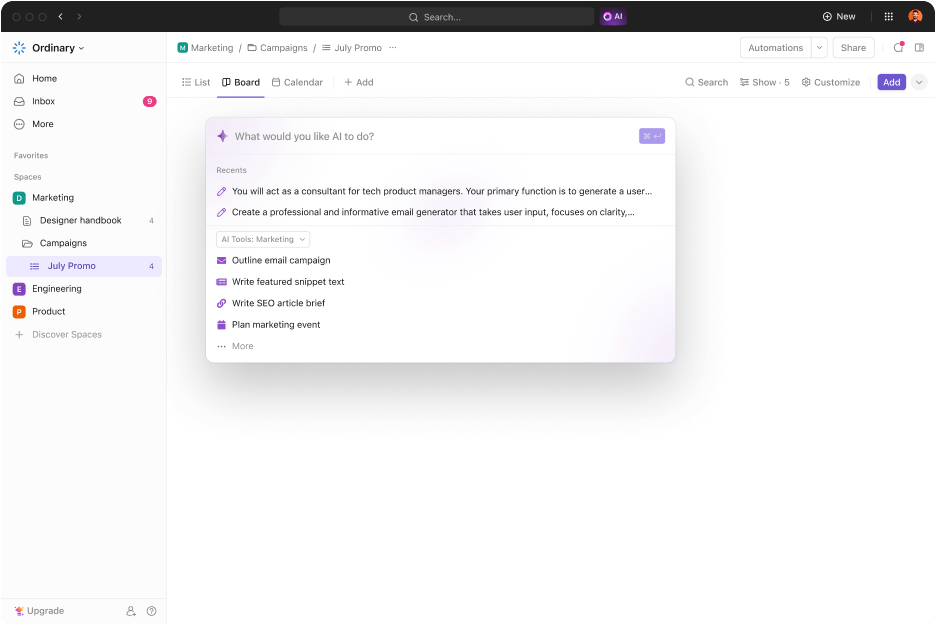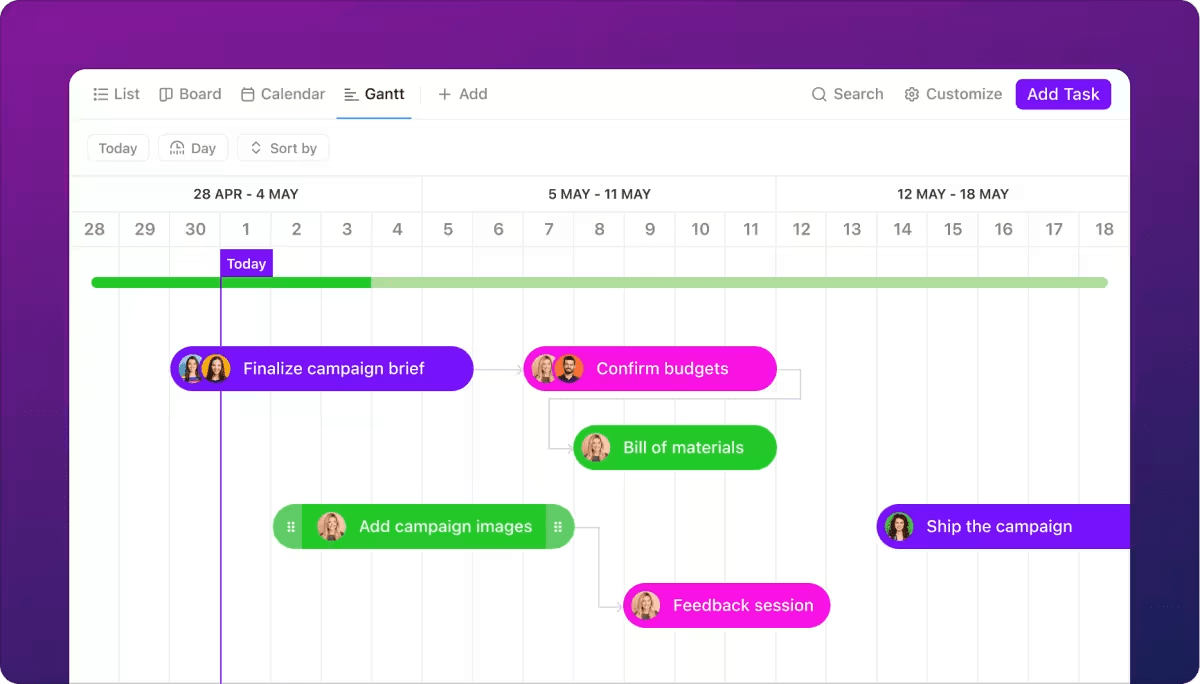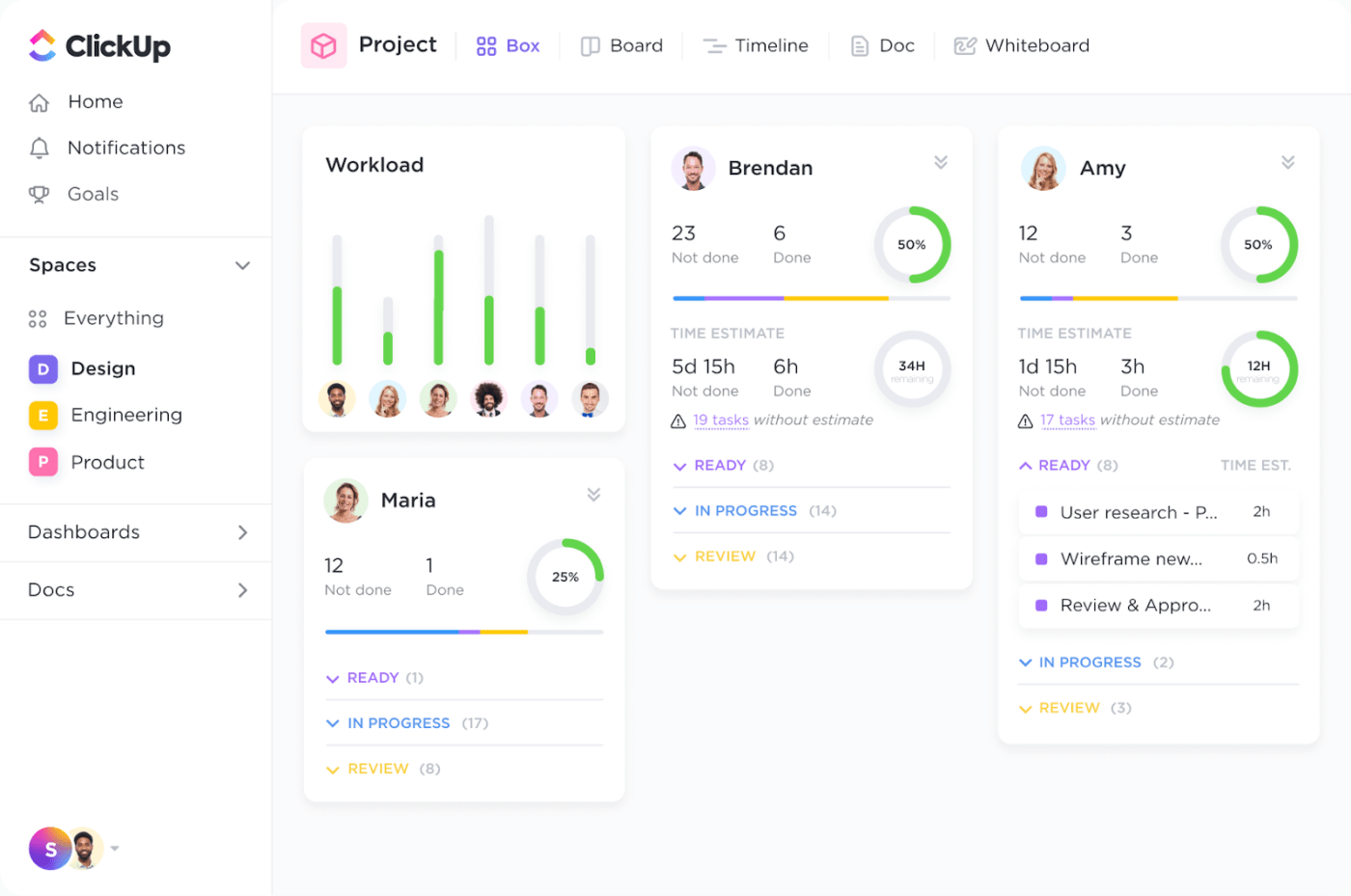How to Conduct a Pulse Survey

Sorry, there were no results found for “”
Sorry, there were no results found for “”
Sorry, there were no results found for “”
Leading a successful organization is like navigating a complex machine. You must understand all the moving parts, anticipate potential issues, and keep everything running smoothly. A big part of this also involves understanding the human aspects of the business.
How do you gauge your employees’ thoughts, feelings, and needs?
The answer lies in the strategic use of pulse surveys. These short, frequent check-ins reveal the heart of your workforce, exposing hidden challenges and opportunities for improvement.
In this blog, we’ve explored what pulse surveys are, how to use them effectively, and the best practices to follow.
Let’s dive right in!
A pulse survey is a brief, frequent questionnaire designed to gauge employee sentiment and ask for feedback on specific topics. These surveys typically contain 5-15 questions and are administered regularly, monthly, quarterly, or bi-annually.
For example, your company might send employees a monthly pulse survey with questions like ‘How satisfied are you with your current workload?’ and ‘What is one thing we could do to improve your work-life balance?’ This would allow them to identify and address potential issues before they spiral out of control.
An employee pulse survey serves several specific purposes, including:
Ever wondered what sets a survey apart from a pulse survey? Let’s take a look into what makes them different:
| Feature | Survey | Pulse survey |
|---|---|---|
| Length | Longer (often 50+ questions) | Shorter (typically 5-15 questions) |
| Frequency | Less frequent (often annual or bi-annual) | More frequent (monthly, quarterly, or bi-annual) |
| Scope | Broader covers various aspects of employee experience | Narrower: focuses on specific topics or issues |
| Purpose | Comprehensive assessment of employee engagement and satisfaction | Quick check-in on employee sentiment and gather targeted feedback |
| Turnaround time | Lengthy data analysis and action planning | Quicker analysis and faster response to identified issues |
| Benefits | In-depth understanding of employee experience, long-term strategic planning | In-depth understanding of employee experience, long-term strategic planning |
Pulse surveys give you real-time insights into employee sentiments, similar to taking the pulse of your workforce. Make it a habit to use them regularly. This way, you can spot and tackle issues before they get out of hand, ultimately boosting employee engagement, retention, and overall performance.
Pulse surveys are your ticket to keeping top talent on board.
Employees who feel comfortable sharing their thoughts and concerns can embody the company’s values. When they see their feedback driving real change, they’re all in, enthusiastically contributing to the company’s success.
When you regularly collect feedback, you arm yourself with valuable data for strategic decision-making. These surveys show trends in employee satisfaction, engagement, and well-being, guiding you to pinpoint areas for enhancement and allocate resources wisely.
Including certain employee satisfaction questions in your survey can help identify areas of strength and pinpoint specific issues that need attention.
Plus, by tapping into pulse survey results, you can determine the effects of new initiatives or workplace changes, ensuring your strategic moves align with employee needs and preferences.
When the workplace is filled with motivation and satisfaction, everyone thrives.
You commit to their growth and happiness by seeking and acting on employee feedback. This boosts morale and job satisfaction and motivates everyone to do their best.
Employee pulse surveys also help you identify what might dampen motivation and satisfaction so you can tackle those issues head-on.
With remote and hybrid work becoming the norm, employee pulse surveys play a vital role in grasping the distinct hurdles and advantages remote employees encounter. They help assess remote work satisfaction, pinpoint where extra support is required (like technology or communication tools), and assess how well remote work policies work.
Regularly gathering feedback from remote employees ensures a smooth and productive remote work experience.
Pulse surveys act as an early warning system, helping you spot signs of stress, burnout, or other health issues in your team.
Asking about workload, work-life balance, and well-being lets you understand employee stress levels and take preventive action. By addressing these issues upfront, you’re paving the way for a healthier, more supportive workplace, improving productivity and fewer sick days.
Pulse surveys are great for checking how well training programs work, spotting development needs, and fine-tuning the onboarding process.
By gathering employee feedback at different points in their journey, you can customize training and development to meet their specific needs. This boosts their skills, builds confidence, and helps them fit into the company culture faster.
Employee database software can streamline this process by organizing and analyzing feedback efficiently, allowing for more targeted and effective improvements.
Creating and conducting effective employee pulse surveys involves a thoughtful process that combines strategic planning, careful execution, and data-driven analysis.
Here’s a breakdown of the critical steps, including leveraging ClickUp’s powerful features, like templates, to streamline your survey process and ensure you gather valuable insights.
Start by clearly identifying what you want to measure and achieve with your employee pulse survey.
Are you focusing on employee engagement, remote work satisfaction, team dynamics, or organizational culture?
Use ClickUp Goals to establish clear objectives to guide your questionnaire design and ensure you’re gathering relevant data.

For example, you could have targets like “Collect 100% employee participation in the survey” or “Achieve an overall satisfaction rate of 80% or higher”.
Choose a methodology that aligns with your objectives. This could involve Likert scale questions (e.g., On a scale of 1 to 5, how satisfied are you with your work-life balance?), open-ended questions (e.g., What is one thing we could do to improve communication?), or a combination of both.
Consider using ClickUp’s Survey Question Generator, an AI-powered tool that can swiftly generate a series of thought-provoking and relevant questions for your staff pulse surveys.

Tailor your questions to gather specific feedback on your identified areas as priorities. Keep the questions concise and easy to understand.
Aim to create a questionnaire that takes 5-10 minutes to complete, ensuring high participation rates.
Using templates for your pulse surveys can make your life so much easier! Templates provide a solid foundation, ensuring consistency and saving you tons of time on design and formatting.
The Employee Engagement Survey Template by ClickUp is a comprehensive tool designed to help organizations measure and improve employee satisfaction and engagement.
This template provides a structured approach to gathering valuable feedback from employees. It enables HR teams to identify areas for improvement and make data-driven decisions to boost engagement and productivity.
The ClickUp Employee Feedback Template is a powerful tool designed to help organizations gather, track, and act on employee feedback effectively.
This template enables managers to communicate and provide feedback in a structured and consistent manner, encouraging employees to take ownership of their performance and fostering a culture of transparency and trust.
Select a survey platform that meets your needs and budget. Popular options include SurveyMonkey, Google Forms, Qualtrics, and Typeform.
When deciding, consider features like anonymity, real-time reporting, and integrations with other tools.
Communicate the purpose of the survey, its importance, and the confidentiality of responses to employees. Choose an appropriate communication channel (e.g., email, company intranet, Slack) to reach the intended group.
Set a clear timeline for the employee pulse survey with ClickUp’s Gantt Chart View, including launch and closing dates.

Once the survey closes, leverage your chosen platform’s analytics features to analyze the obtained data. Look for trends, patterns, and outliers.
Use qualitative analysis techniques for open-ended questions to identify recurring themes and sentiments.
You want to deliberate employee feedback with stakeholders or other executives (if there are any). Share a summary of the survey findings with employees, highlighting key insights and areas for improvement.
Based on the feedback received, develop action plans. Communicate these plans to employees, demonstrating that their voices are heard and their feedback is valued.
Track progress over time and use pulse surveys to measure the impact of your interventions.
ClickUp’s Form View helps you monitor the impact of your interventions and measure the effectiveness of your action plans.

When sharing the survey findings with stakeholders or executives, ClickUp Docs provides a clear and concise way to present the data.
It can also be used to summarize key insights and areas for improvement, making it easy to communicate the findings effectively.

Employee pulse surveys are the most effective when they are conducted regularly. Use the insights gained from each survey to refine future questionnaires and target specific areas for improvement.
Continuously evaluate and adapt your survey methodology and communication strategies to maximize participation and the value of feedback received.
Here are some best practices to get the best results from your employee pulse surveys and ensure you’re getting valuable insights.
Assure employees that their responses are completely confidential and anonymous. Make it clear how their data will be utilized and stress that it won’t impact individual performance evaluations.
Select a survey platform that prioritizes data security and anonymity features. Consider using tools like Google Forms with anonymous response settings or any specialized survey software designed for confidentiality.
When sharing survey results, focus on aggregate data and trends rather than individual responses.
Before circulating a survey, communicate its purpose, the topics it will cover, and how the results will be used. Explain with employee feedback examples how it contributes to positive organizational change.
Craft survey questions with empathy, acknowledging the challenges employees may face. Show genuine interest in their well-being and experiences.
Share survey findings openly and honestly with employees. Discuss positive results and improvement areas while remaining transparent about your actions based on the feedback received.
Recognize that pulse surveys and annual employee engagement surveys serve different purposes. Pulse surveys provide quick, frequent snapshots of specific issues, while annual surveys offer a more comprehensive assessment of employee engagement and satisfaction.
Use both survey types in tandem.
Conduct pulse surveys more frequently (e.g., monthly or quarterly) to capture real-time sentiment.
Use annual surveys to track long-term trends and measure the impact of broader organizational changes. Relevant employee survey software can simplify the whole process.
We often hear, ‘How often should you run a pulse survey?’
There’s no one-size-fits-all answer.
The perfect frequency depends on factors like your company’s size, industry, goals, and the particular issues you want to monitor.
The frequency of pulse surveys can influence employee perceptions and participation rates:
The optimal frequency will vary depending on your organization’s needs and context. Experiment with different cadences and gather employee feedback to find the right rhythm for your workplace.
Pulse surveys are only as valuable as the questions they ask. Well-crafted questions elicit meaningful responses that drive informed decisions.
Let’s explore the types of questions commonly asked in pulse surveys and tips to create them.
Pulse survey questions are typically focused on specific areas of interest, such as:
Here are some tips for creating questions that employees will genuinely be interested in responding to:
The NPS is a popular metric for measuring customer loyalty and satisfaction. It can also be adapted for pulse surveys to measure employee loyalty and advocacy.
The NPS question asks employees how likely they are to recommend the company to others, rating it from 0 to 10.
Gathering pulse survey data is just the start. Make sure to kick off this process with reliable employee engagement software. The true value lies in analyzing the results and deriving meaningful insights.
You must also translate those insights into concrete actions that improve employee engagement, satisfaction, and organizational performance.
Now, let’s dive into what you can do with pulse survey results.
Use your survey platform’s built-in analytics tools or export data to a spreadsheet for deeper analysis. Identify trends, patterns, and outliers in the responses.
Segment the collected data by demographics (e.g., department, tenure, location) to uncover specific needs or concerns. Consider correlations between different responses (e.g., Is low engagement correlated with specific managers or departments?).

Visualize your survey data with ClickUp Dashboards for a comprehensive overview of key metrics and trends. Create custom widgets to track specific questions or compare results over time.
Share these dashboards with relevant stakeholders to facilitate data-driven discussions and decision-making.
Based on the survey results, identify the most pressing concerns. Then, clear, measurable objectives and action plans should be set up to tackle these issues head-on.
Ensure everyone knows who’s in charge of what and when things must be done. Keep tabs on your team’s progress using ClickUp Tasks.

Share survey findings and action plans with employees to demonstrate that their feedback is valued and acted upon.
Analyze how survey results relate to productivity, turnover, customer satisfaction, or innovation. Track changes in these KPIs over time to assess the effectiveness of your actions and their impact on employee engagement.
Use the insights to refine your HR, management, and operational strategies.
Streamline your action planning process using ClickUp’s Engagement Survey Action Plan Template.
This template provides a structured framework for creating action plans, assigning tasks, setting deadlines, and tracking progress. It can help you turn survey insights into tangible improvements.
It is clear that pulse surveys are more than just another HR tool—they’re a lifeline to understanding your employees on a deeper level.
Take the time to craft thoughtful surveys, listen to feedback, and take action because you’re not just collecting data but building a workplace where people feel valued and heard.
An environment where employees thrive, stay longer, and contribute their best helps the company’s overall vision. Regular check-ins and addressing employee feedback can prevent issues like quiet quitting, where disengaged employees do the bare minimum.
So, don’t underestimate the power of these little check-ins—they can make a significant difference in maintaining a motivated and committed workforce.
With tools like ClickUp, creating, distributing, and analyzing pulse surveys has never been easier.
ClickUp’s intuitive interface, customizable questionnaire and feedback form templates, and powerful reporting features make gathering and acting on employee feedback easy.
Ready to give it a try? Sign up to ClickUp for free today!
A quarterly pulse survey is a brief employee feedback questionnaire conducted every three months. It typically includes 5-15 concise questions focused on specific topics or areas of interest, such as engagement, motivation, work environment, or customer satisfaction.
Pulse survey questions are designed to gather targeted feedback and can vary depending on the organization’s goals. Common questions might cover topics like satisfaction with work-life balance, relationships with managers, motivation levels, communication effectiveness, and overall job satisfaction.
The primary purpose of a pulse survey is to gain real-time insights into employee sentiment and experiences. By collecting regular feedback, organizations can identify and address potential issues before they escalate, track the impact of initiatives over time, and foster a culture of continuous improvement.
© 2026 ClickUp